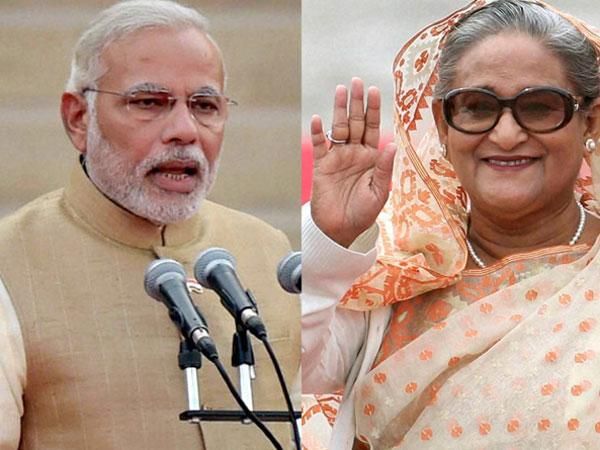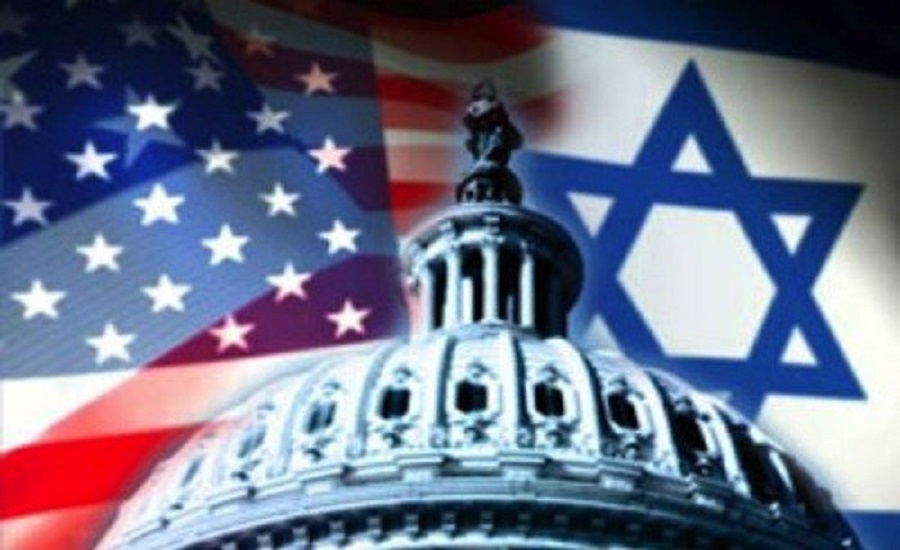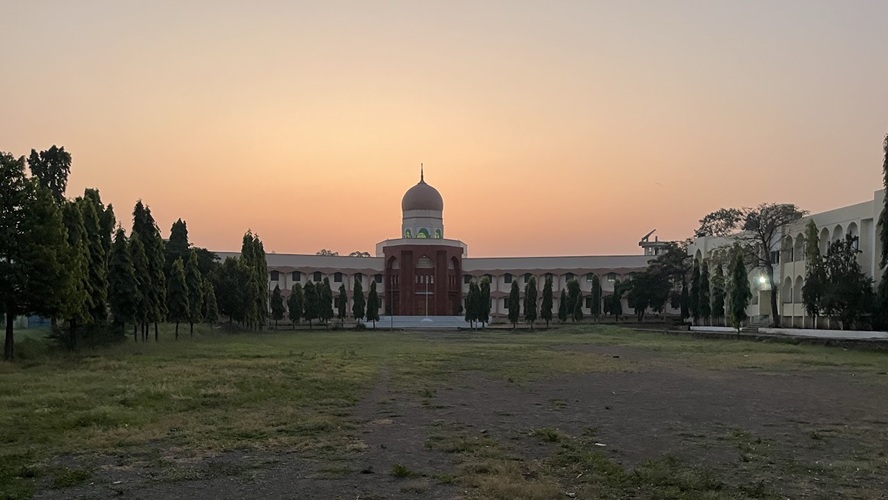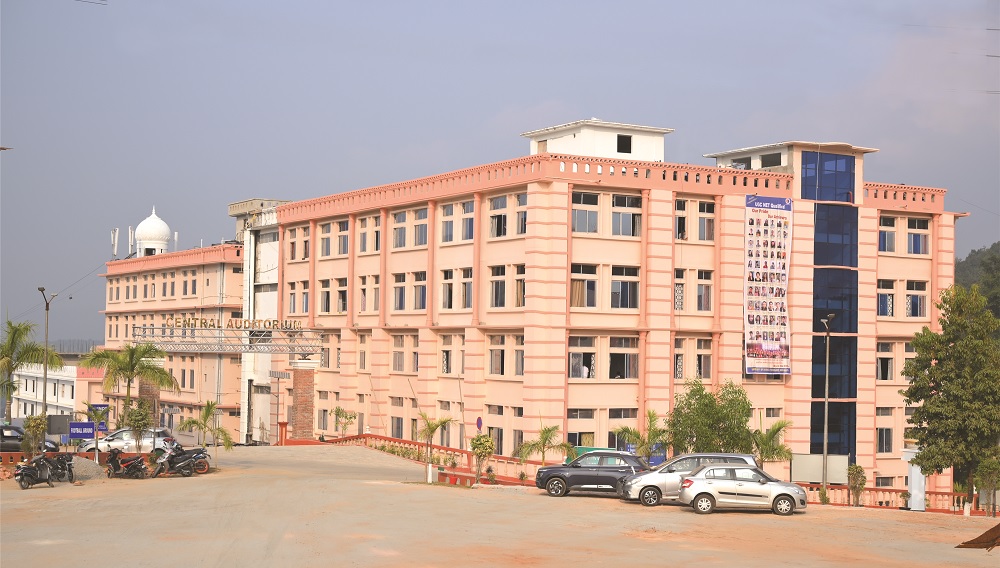Why and how India, perhaps always, misread the writing on Bangladesh wall is what the latest fiasco is all about. Bangladesh outgoing Awami League Prime Minister Sheikh Hasina Wajid, had to flee Bangladesh to India on August 5, which has a ‘material consonance’ with the date as it relates to August 5, 2019, perhaps now more important for BJP establishment then August 15, India’s Independence Day, as it is the date when BJP led PM Narendra Modi nullified Article 370 of India’s Constitution. It had given Special-Status to Jammu & Kashmir.
Another ‘uncanny resemblance’ is also not from any far distance, as it was August 15, 2022, when Afghanistan President Ashraf Ghani also had to flee and Afghan-Taliban formed the government. In both the cases India had to bear-the-brunt as Indian consulates were burnt in Afghanistan and India’s Cultural Center was done the same in Dhaka-the Bangladesh capital. It may also be remembered that it was also the same August 15, 1975, when Hasina’s father, Sheikh Mujibur Rehman, the founder of Bangladesh was assassinated! Bangladesh has therefore given ‘two-gifts’, one to the then PM Indira Gandhi and now to Narendra Modi. No wonder, the corollary says, what Ashraf Ghani was for US, Sheikh Hasina has turned out to be for India. India’s policy in Bangladesh, for all practical purposes, has been grievously caught on the wrong-foot.
India’s policy had to boomerang, as India by its sheer-weight, and a pursuant of ‘aggressive foreign-policy’, its fiascos all written large in Maldives too, could not tap the current, as immediately after abrogation of Article 370, there were ‘massive’ protests in Dhaka, available on Dhaka Tribune via Youtube, in which tens-of-thousands had participated against New Delhi. The metamorphosis had begun. Came January 2024, and Sheikh Hasina, swept the polls, to become PM for the fifth-time, ‘unopposed’ as the entire Opposition had boycotted elections. It is another matter, that in India, the INDIA alliance, was also on the verge to boycott elections, owing to allegations as to how the entire Opposition has been stifled, in the past one decade, as once even four-Supreme Court judges, had to sit on ‘protest’ to save-democracy.
India’s lens on Bangladesh was perhaps fixed on no-where. A deliberate analysis of August 5, 2019 Dhaka protests, had a popular sentiment against India, vented out by Chairman of Islami Oikya Jote, an alliance of four-parties, that India does not ‘give us water despite signing an agreements’ . This statement had to be read with what had happened in Kashmir. Bangladesh in fact is an almost unanimous society, everyone speaks Bengali, there is no sub-nationalism unlike Balochistan and KPK issues in Pakistan, and also, there are almost negligible differences between Shia-Sunni, Deobandi or Barelvi schools of thought. The Indian’s policy makers should always keep in mind that the foundations of Muslim League were laid down in Dhaka.
What happened in Dhaka and Afghanistan is the same of what had taken place in Sri Lanka (2022) but it did not turn out to be an anti-India tirade, unlike in the former cases. Why? Of course not withstanding the ‘historic issues’ with Afghanistan but in case of Dhaka, it is India which had helped Bangladesh become a nation. And, today Bangladesh is claiming its second independence! Why? Perhaps, the answer lays in the long standing water-issues which Bangladesh has with India.
The dominant perception is that India has upended Bangladesh water-woes, for decades, which primarily started after 1975 construction of Farakka Barrage over Ganga river, known as Padma river in Bangladesh. India has since then been operating the Farakka Barrage to divert water from the Ganges to navigate Kolkata port while Bangladesh, highly dependent on Padma river has been the worst hit due to ‘illegal withdrawal’ of water by India, is a common cry in Bangladesh. This treaty, after 30 years, is slated for renewal in 2026. The same grouse pertains to Teesta river waters as India has long been engaged into unilateral withdrawing of water by building barrages and construction of infrastructure and hydroelectric projects, which dries up Teesta river and has left Bangladesh deprived of its fair-share. These two issues have precipitated the ‘anger’ on the Dhaka Street. The Teesta crisis, is considered a ‘blockade for decades to come’ as there hasn’t been a water-sharing agreement yet, which was on the table, when Sheikh Hasina had visited New Delhi last June.
She back in 2022 had offered India access to Bangladesh strategic Chittagong Port, as she wanted Indian support to make her mend ties with Washington, which had made Bangladesh fall under US sanctions over her Rapid Action Battalion (RAB) use. RAB is an anti-crime and anti-terrorism unit of Bangladesh Police. As many as 12 human rights organisations had written to UN to desist from taking RAB personnel in its missions as RAB is accused of hundreds of forced disappearance and extra judicial killings. India had declined to comment. The groups allege that RAB and other Bangladeshi law enforcement agencies were responsible for nearly 600 such killings. All these killings slowly added to her ultimate nemesis. Her much hyped visit to India ‘first’ in her latest tenure, with no reference to water-sharing of Teesta, had already turned to be a damp-squib, and it angered China too, where she drew a flak, as China, did not give the ‘loan-assurance’ of five-billion US dollars. She lost both pies!
There are reports of unfortunate attacks on Hindus, Awami League leaders and workers from Bangladesh. Never anyone should die out of it. Condemnable. There are now ‘revenge’ incidences reported against Muslims in India , here a leaf from history may be considered: In 1964- East Pakistan (Bangladesh now) protests had erupted after a relic-hair of Prophet Muhammed was reportedly stolen in Kashmir, this led to Hindus flee to India. Rourkela in Odisha happened! The place had an influx of refugees, Muslims offered Hindus coming via trains, at Rourkela, bread and eatables, someone vomited, triggering a rumour that Muslims were ‘mixing poison’ and a riot ensued. This riot left around 2000 dead, mostly Muslims, as has been acknowledged by SK Ghosh, the then Additional IG Police of Odisha!






0 Comments